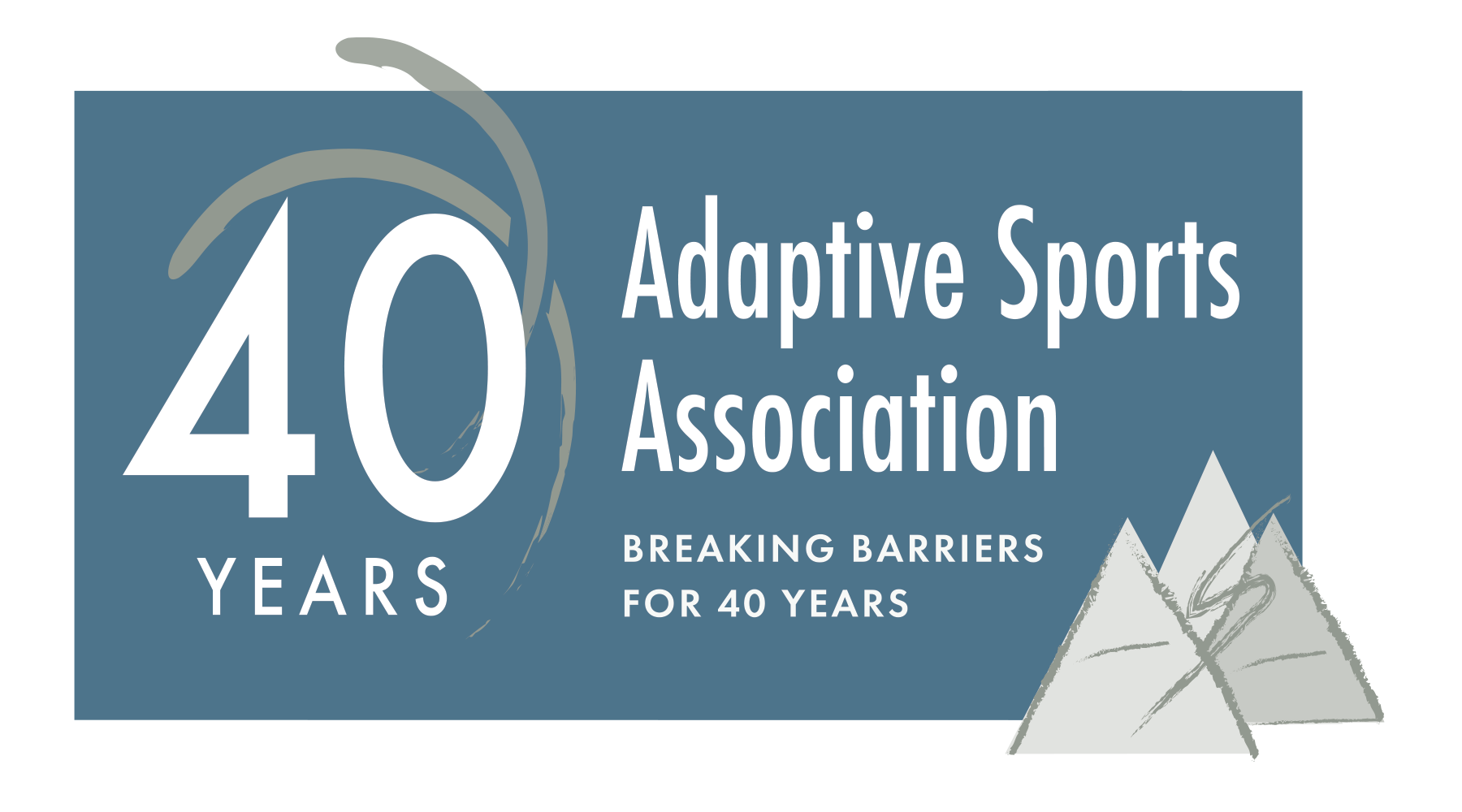Published in the Durango Herald on April 9, 2012

“This is SO hard,” he says as he angles the device into a quick turn and whips past us. We think he’s being facetious because it’s a beginner slope and no longer a real challenge for him, but sometimes it’s hard to tell with Noah Blue Elk Hotchkiss. One thing we can see, very easily, is that he’s come a long way since Nov. 16, 2009 – a date that brought inconceivable tragedy to his Durango family.
“It’s awesome,” Jason Hotchkiss, says about seeing his son cruising along like there’s nothing to it. “Now that he’s having fun with it.”
On the aforementioned date 2½ years ago, Jason Hotchkiss boarded a plane at the Durango-La Plata County Airport, bound for Denver. His wife, Cassandra Yazzie-Hotchkiss, and children Noah, Amada, now 10, and Dante, now 7, dropped him off and headed out. Near Oxford, an oncoming truck veered into their lane, causing a head-on collision. Yazzie-Hotchkiss, a recent Fort Lewis College graduate at age 30, died at the scene. The three children were all seriously injured and flown in separate planes to Denver. Dante spent three weeks in a coma. Amada suffered a badly broken leg among other injuries. Noah had a broken back and was paralyzed from the waist down.
Meanwhile, Jason Hotchkiss had landed in Denver and turned his cellphone on while the plane was taxiing to the terminal. He had 27 messages. As he listened, the news got worse and worse.
“It’s still a traumatic moment. If I think about it, I just … ,” Hotchkiss says. “There’s nothing that can prepare somebody for that phone call.”
It was nearly three months before all the children could return to Durango. Although Noah looked the best right after the accident and was most coherent, his injury was not going to heal. “He knew right away,” Jason Hotchkiss says.
We’re sitting outside the Adaptive Sports Association office while Noah takes his Wednesday lesson. Maybe “lesson” is the wrong word at this point. It’s not a lesson so much as just skiing with a few pointers here and there. Noah’s “instructors” aid him in getting on and off the lift in his sit-ski.
Earlier I’d asked him what attracted him to skiing. Adaptive Sports volunteers Andy Asmuth and Mollie McLam, who often hit the slopes with Noah, were within hearing distance.
“Being able to bypass my instructors and leave them in the dust,” Noah says loudly.
“You can’t bypass me, dude,” Asmuth pipes up.
He’s barely a teenager, and he’s certainly got a lot of kid in him, but when he’s serious, Noah sounds more like a young man who’s been through a trauma that has forced him to mature beyond his years.
“It gives me a sense of freedom,” Noah says about why he enjoys skiing.
That feeling of speed, and of being able to control that speed even without the use of legs, is something the former snowboarder appreciates. It’s unique and exhilarating.
The accident occurred in November, and the next February, Noah showed up at Adaptive Sports for his first try. Usually the recommended waiting time for someone who has lost the use of limbs is a year or more, says Tim Kroes, Adaptive Sports’ executive director.
“A hundred days after the accident, he was up,” Jason Hotchkiss says. “It was pretty incredible.”
Hotchkiss constantly praises the staff for its work with Noah. Instructors quickly took him through the progression. The first step is a “bucket assist,” where an instructor holds the sit-ski, a device consisting of a moulded seat on a metal frame that’s mounted onto a ski. The skier uses outriggers – short, arm-mounted poles attached to mini-skis…
